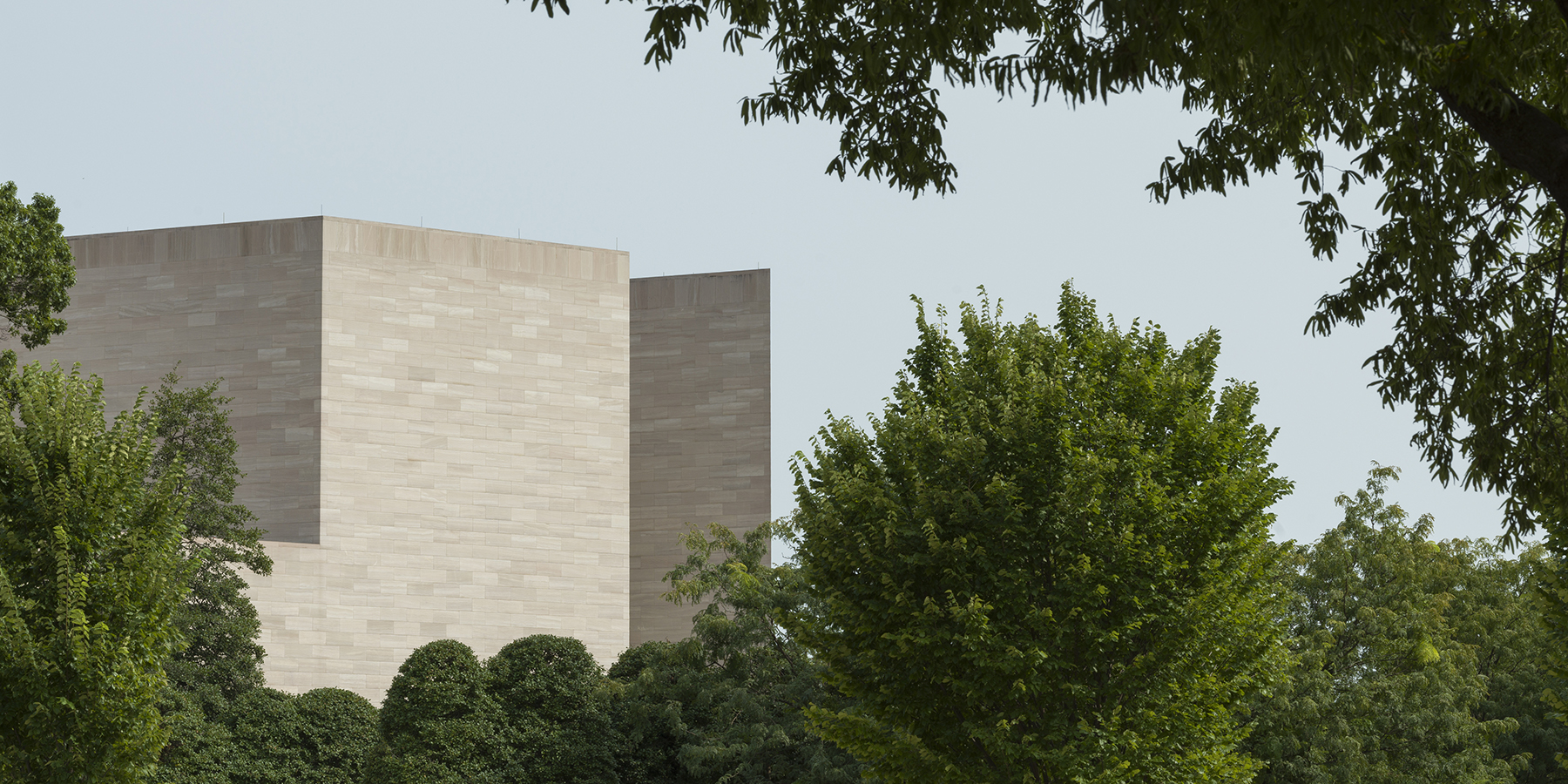Turning to a corpus of elaborate stone baptismal fonts carved by a single workshop in southern Scandinavia, I argue that its iconography responded in precisely calibrated ways to disputes occasioned by the adjustment to Christian norms. Issues of tithing, inheritance law, and lapsed conversion are brought to the fore in virtuosic, idiosyncratic passages rendered in relief on monuments that at once announced and enacted conversion. Where the Braunschweiger Löwe visualized the surrounding terrain’s subjection to a precocious secular ruler, the Scandinavian fonts deployed complex pictorial rhetoric to justify the personal and communal obligations that came with baptism into the faith.
Liturgical objects like portable altars played a significant role in enabling conversion and missionary activity throughout the Baltic. Theorizing the portable altar as a dense constellation of aesthetic strategies, I place its capacity to stage iterative sacred places alongside sculpted objects that made spatial demarcation their raison d’être. Boundary stones, roughly hewn rocks inscribed with testaments to the Christian faith, and spoliated pre-Christian reliefs were all used to reconfigure the terrain of Pomerania and Schleswig-Holstein during the 12th century. But the very nature of finding and marking a place was an exercise in ontological frustration; slowly accreting assemblages of rocks and assorted marks in the landscape dramatized anxieties about signs and signification more generally. As such, the sculptural capacity to stake out, or even to produce, places was a subject of intense interest for 12th-century artists and poets. Objects like compass needles, magic rings, and boundary stones came to serve as indicating instruments, pointing out locations to their beholders. They figured a different set of aesthetic criteria than fonts or monumental bronzes; sculpture’s uncanny ability to generate locative meaning beyond itself was marshaled for political gain.


